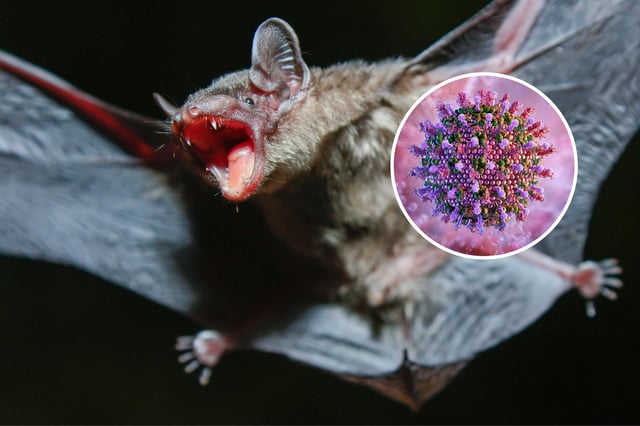Overview
- Researchers sequenced kidney tissue from 142 bats collected in Yunnan province between 2017 and 2021 and uncovered 22 viruses, 20 of which are novel.
- Two newly identified henipaviruses, Yunnan bat henipavirus 1 and 2, share 52–57% of their genome with deadly Nipah and Hendra viruses, raising zoonotic transmission concerns.
- The study found these pathogens in fruit bats roosting near orchards adjacent to populated villages, highlighting a theoretical transmission route via contaminated fruit or bat urine.
- Scientists emphasize the need for comprehensive microbial surveys of bat organs beyond fecal sampling and the implementation of stronger biosecurity measures to prevent potential outbreaks.
- Conservationists recommend restoring and protecting bat food sources as an ecological strategy to reduce human-bat contact and lower spillover risk.


